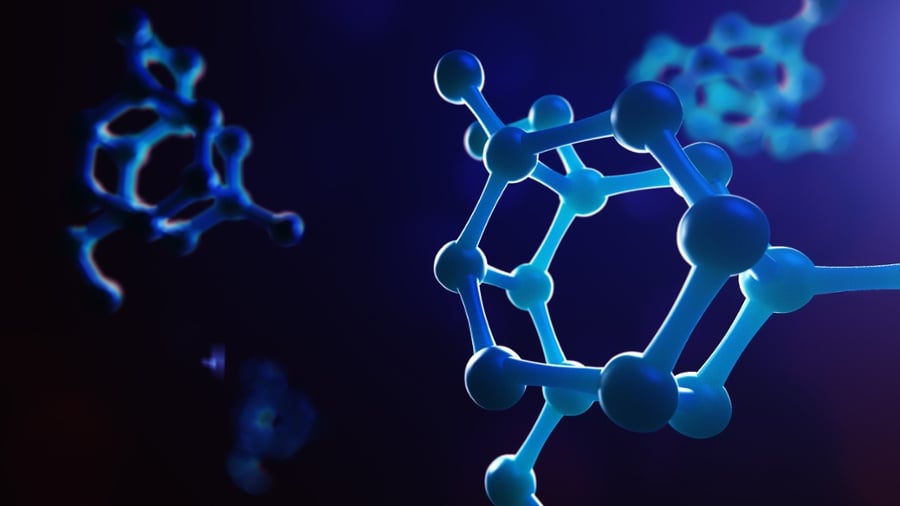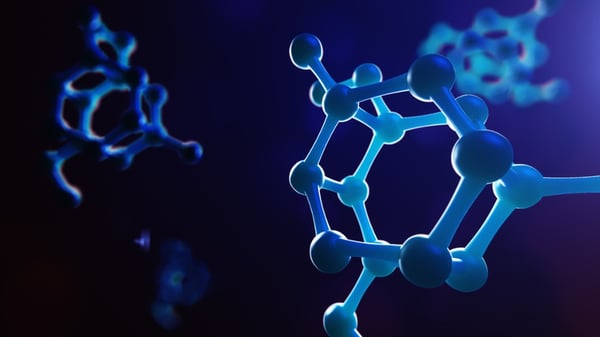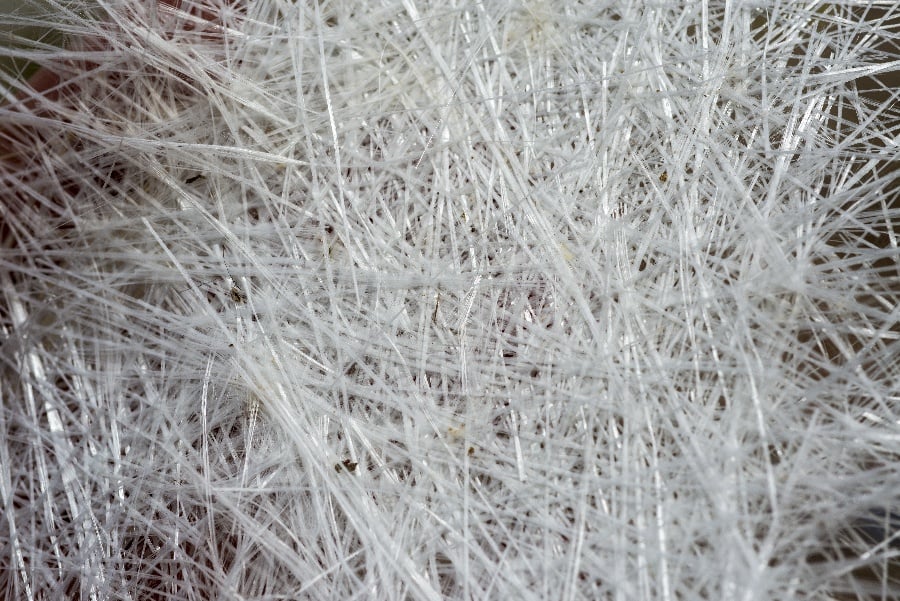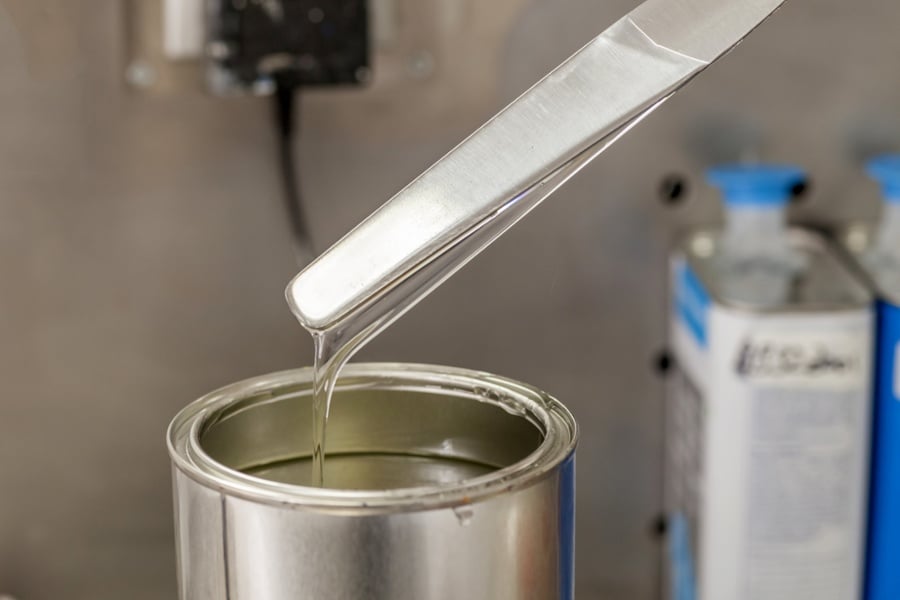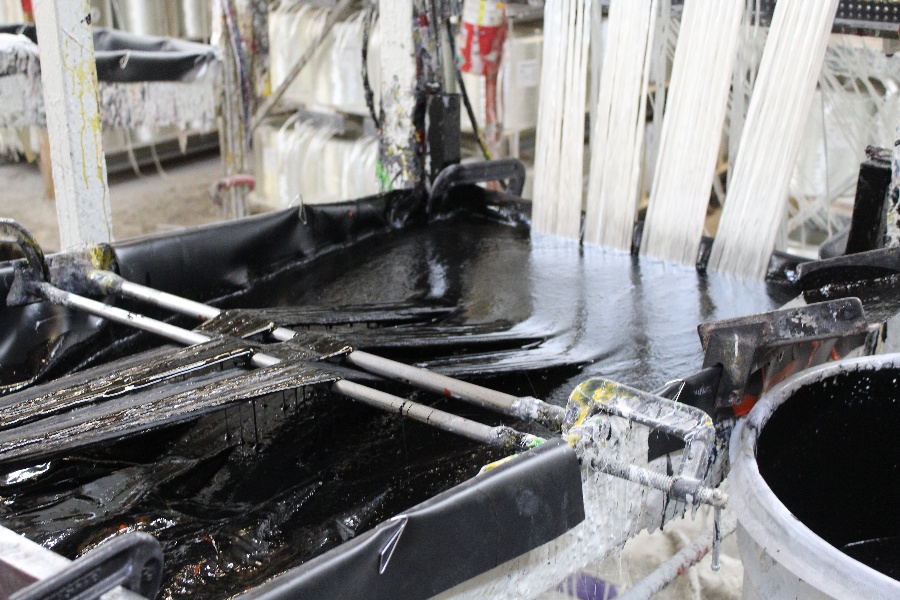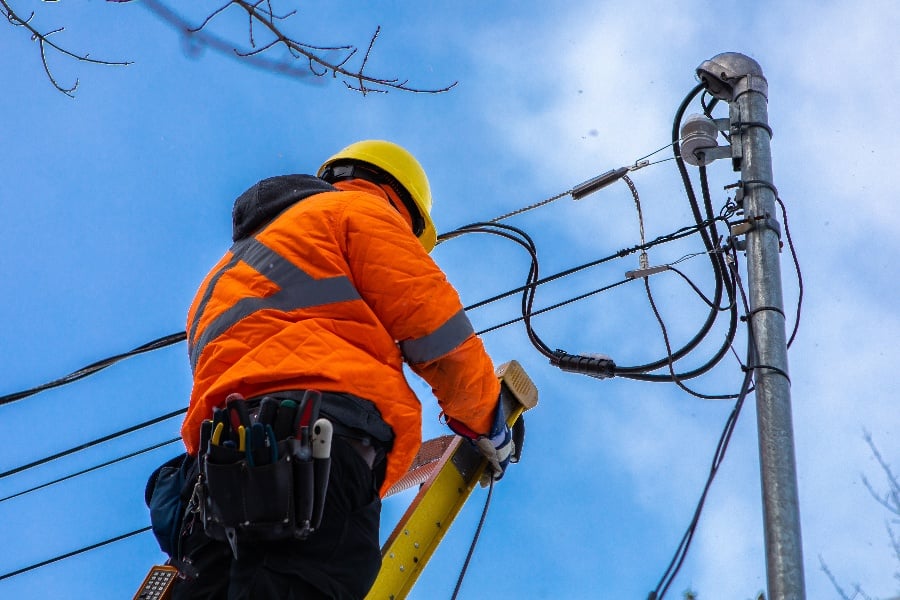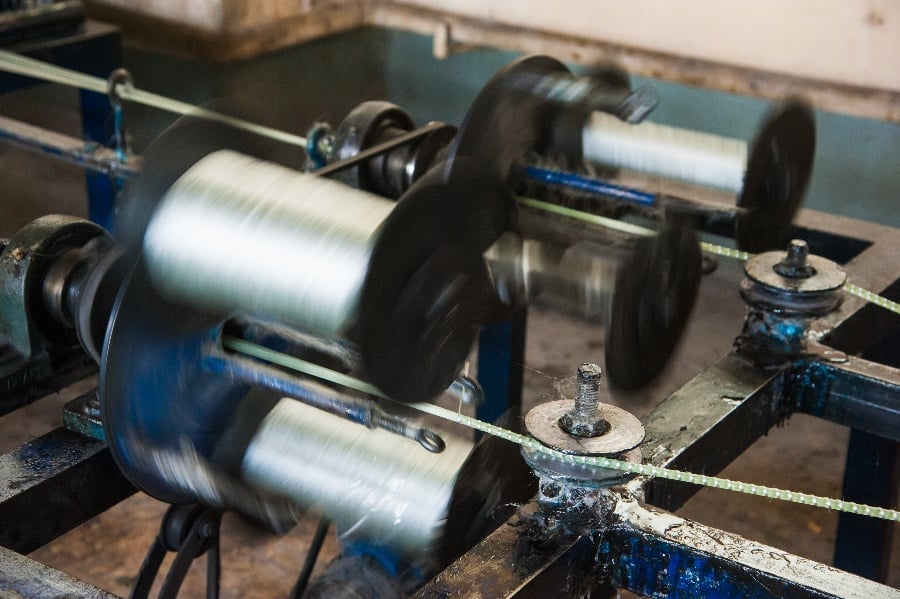If you’re looking to use fiber reinforced polymer (FRP) composites in your next project, it’s important to understand what each stage of the manufacturing process entails.
Additionally, knowing what elements can be customized during the manufacturing process and the result this has on end products is of utmost importance, especially if you have very specific project goals and requirements.
This article will explain the process of pultrusion with a focus on polymerization (curing), the difference between resins and polymers in relation to FRPs, and give some examples of what polymers can do for your product.
The Pultrusion Process - How FRP is Made
Pultruded FRPs are created by pulling strands or rovings of fiber reinforcements through a resin bath and into set dies for curing.
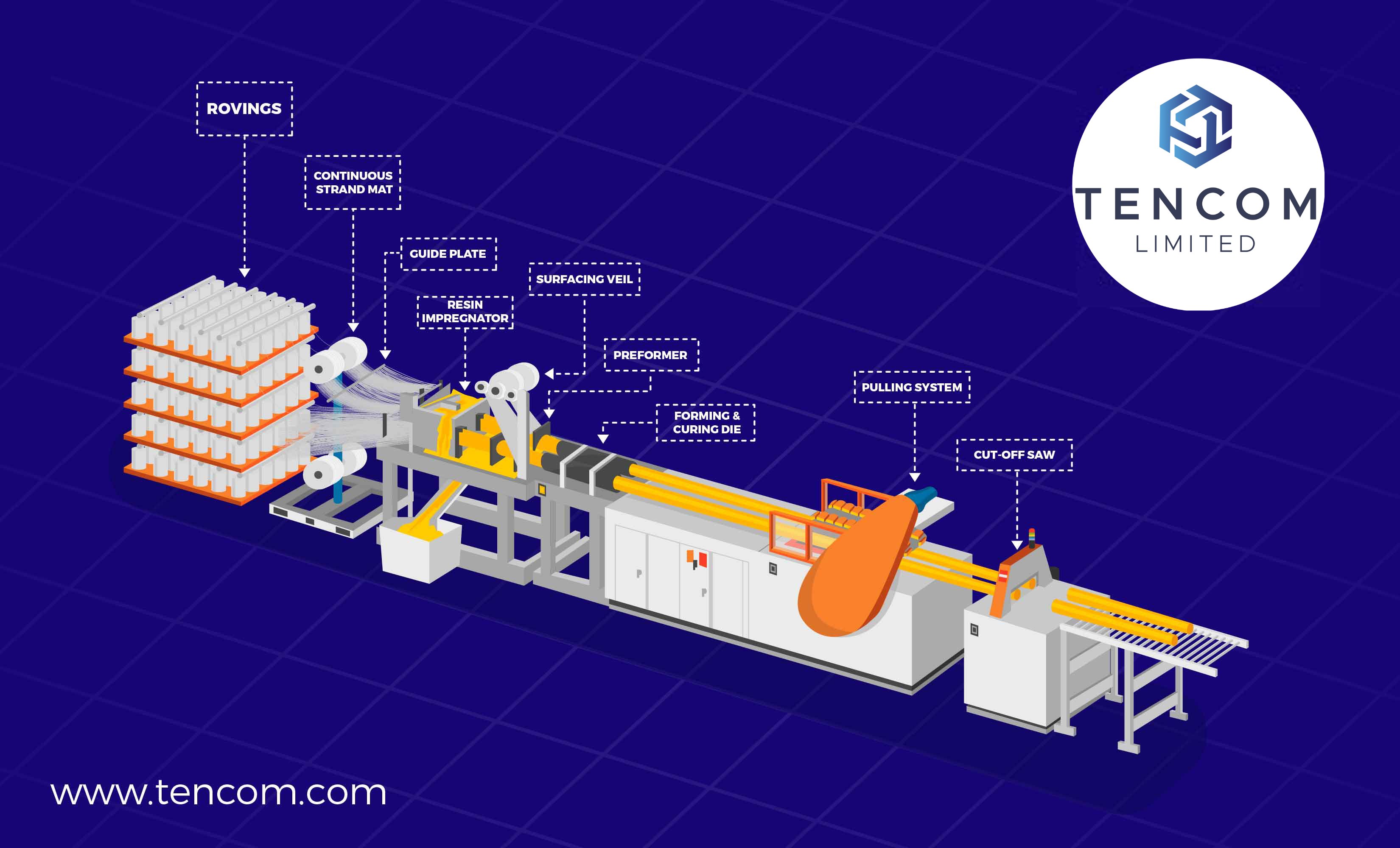
During the resin bath (or “wet out” stage), the fiber reinforcements are impregnated with a liquid resin system that is then set into a die and polymerized (cured). The resulting product is the finished FRP composite; a durable, lightweight material perfect for use across many industries.
For more information on the pultrusion process used at Tencom, read our guide.
What’s a Polymer?
Synthetic polymers (those used in FRP manufacturing) are molecules that are made of linked smaller molecules called monomers and are produced by chemical reactions caused through heat, pressure, catalysis, and much more.
Although often referred to as ‘curing’ or ‘setting’ in FRP manufacturing, this reaction is polymerization.
Specific to FRPs, the resins used to impregnate fiber reinforcements get transformed during the polymerization stage, resulting in a durable, lightweight reinforced polymer.
Types of Polymers
As all FRPs are partially dictated by the polymer (and therefore the resin), it’s important to understand the resins available and the properties they take on once polymerized.
In general, there are two broad categories of polymer end-product; thermoplastic and thermoset.
The unique properties of thermoplastics and thermosets are as their names indicate; thermoplastics become ‘plastic’ at certain temperatures and can be reshaped and set many times.
Thermoset materials are ‘set’ in shape and do not have a melting point, so the shape it takes on during initial polymerization will be its shape forever.
These resin categories each have benefits and drawbacks depending on the specific goals of the product so it’s important to be informed about both options before committing to just one.
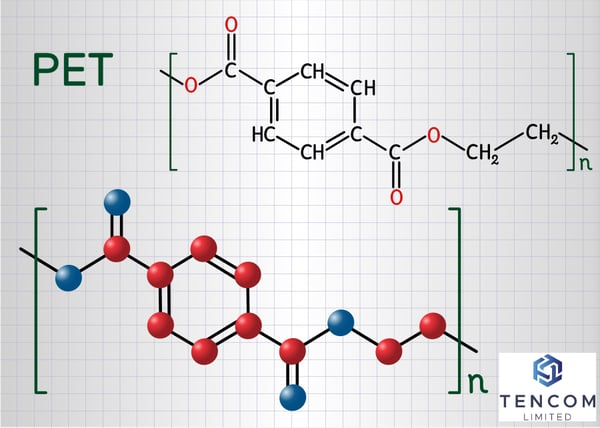
Examples of Thermoplastics
There are many polymers available with thermoplastic properties. These include (but are not limited to):
- Polyphenylene Sulfide (PPS)
- Polyvinylidene Fluoride (PVDF)
- Polyetheretherketone (PEEK)
- Polypropylene (PP)
- Polyamide (PA)
The Application of Thermoplastic Polymers
The thermoplastic polymer market is growing rapidly and is expected to reach USD 36 billion by 2024, at a CAGR of 5.2% between 2019 and 2024.
While thermosets are still used more frequently than thermoplastics in FRPs, there are still plentiful applications of the form
Once polymerized, thermoplastic resins become durable, flexible, and chemically inert as well as becoming impact-resistant.
Because of their durability, flexibility, and impact-resistance, thermoplastics are common in a range of applications. Examples of such include offshore parts, piping applications like spoolable tubulars and downhole equipment, and automotive bumpers.
One of the main industries employing thermoplastic composites is aerospace and defense. Because thermoplastics are extremely lightweight and durable, they allow for efficient design and lower fuel consumption when used in aircraft.
Luggage bins, seats, trolleys, and fuel pipes are just some of the components that can be produced using thermoplastics in the pultrusion process.
A potential downside to using thermoplastic polymers is that exposure to high temperatures can lead to their deformity.
Because of this, it’s important to ensure that the polymer melting point won’t be encountered during its use-life.
For example, although thermoplastic polymers are highly used in aerospace, they aren’t used in jet engines or propulsion systems that experience very high temperatures.
If your product requires heat resistance under extremely high temperatures, your best option is probably thermoset composites.
Examples of Thermoset Polymers
Within the class of thermoset resins, there are numerous resins available. These include (but are not limited to):
- Saturated and Unsaturated (UP) Polyester
- Vinyl Ester
- Epoxy
- Phenol Formaldehyde (PF, Phenolic)
- Urea Formaldehyde (UF)
The Application of Thermosets
The composites market is hugely driven by thermosets, which make up the majority of the market. Expected to reach USD 57.98 billion by 2021, at a CAGR of 6.67% between 2016 and 2021, the thermoset composites market is a big industry player in material manufacturing.
From a performance standpoint, thermoset polymers perform best in high-performing structural and fire-resistant applications as they have superior structural stability and do not have a determined melting point.
Because of this, common applications are in civil engineering, appliances and electrical, and commercial and residential construction.
As an example of their strength under heat, Tencom has produced pultruded thermoset products for ultra-high temperatures that have given test results of 575°F (302°C) for Glass Transition Temperature (Tg).
This makes it the highest Tg pultruded material ever tested and further confirms the tolerance of thermoset composites.
This material is available for manufacture, so if you need a product that has a high Tg rating and won’t settle for second best, contact Tencom about their options.
Other examples of thermoset end products include fiberglass poles as tree and vine support, telescoping poles, and crossbars, electrical components such as terminal boards, arc shields, and standoff insulators, and common use items like fans, ducts, and pumps.
By taking a look at pultrusion manufacturing and the polymer types available, it’s clear that there is a polymer to suit almost every application.
Whether you need high-performance and superior structural stability under extreme temperatures or a lightweight and durable component that won’t be in a furnace, there is a solution for your project.
If you’re interested in learning what Tencom can do for you and the polymers used in manufacturing, contact us and get in touch with our team of experts.

